The 1993-1994 season is often considered a “wide open” age in the NBA. With the departure of Michael Jordan (briefly), the race for the NBA title was something of a mystery. Who would grab it?
Most people (including this writer), saw the New York Knicks as the eventual champion. Others thought 1993 Finalist Phoenix Suns stood a good shot.
Regional picks included the Houston Rockets, and a sentimental favorite was the Chicago teammates Mr. Jordan left behind.
One team, however, would surge to the league’s best record. This was the 1993-94 Seattle Supersonics, led by their freakish power forward Shawn Kemp and braggadocio point guard Gary Payton. But, the team did not win the NBA title.
In fact, they didn’t even get past the first round. How did this happen? Well, it actually goes back to a Mayday in 1989, when Seattle had a 29 point lead and lost the game and series.
41-12
No, this is not a misprint. On May 14th, 1989, the Sonics had the above lead against the back-to-back champion LA Lakers. Now, the Lakers began their quest as the first “3 peat” champion of the modern era.
They won their first 6 playoff games, but this lead literally seemed insurmountable.(The writer, a passionate Laker fan, recalls the game fondly; it appeared in his tv market early in the 2nd quarter). But, behind James Worthy, the Lakers would chip away quarter by quarter. This would lead to a 97-95 Laker win, and a precedent was set for Seattle.
In 1988-89, the Sonics had been one of the rising stars in the Western Conference, ahead of schedule over the Portland Trail Blazers and several games short of the resurgent Phoenix Suns, led by Kevin Johnson and ex Sonic Tom Chambers. But this loss was devastating for the Sonics.
On paper, they would add a phenomenal athlete by the name of Shawn Travis Kemp. Kemp, was a new breed power forward. Though he was hardly a position less player, his athleticism was otherworldly; He seemed like a 6-10 Julius Erving. Though raw, Kemp in season one was exciting whenever he was inserted into the game. But a precedent had been set.
The Sonics in 1989 had beat the Houston Rockets to advance to face the Lakers. This year, in 1990, they lost the 8th seed to Houston (who became playoff fodder for the Lakers). But, the lottery would allow the Sonics to get a “Glove”. In the form of Gary Dewayne Payton. The Sonics had an abundance of young talent; Now, they had to eliminate the remnants of the 89 team to officially move into the 90s.
The Reign Man era
Before Payton ever stepped on a court, Seattle decided to revamp and move on from their previous roster. Chambers was gone, the very first free agent. He was now a star in Phoenix. Next, they would part ways with their sharpshooter Dale Ellis. Along the way, they would dismiss coach Bernie Bickerstaff in favor of his close friend(and ex-Celtic Coach) K.C. Jones. But the next move would be the X-Factor.
Payton and Xavier McDaniel clashed in practice. Coach Jones had little patience for malcontents; Since Payton was the pick (and the future), McDaniel was the odd man out.
The Suns, looking for some toughness, wanted the X -Man and he was traded for Eddie Johnson, former 6th man of the year. This led to an up and down year, as the Sonics were in the hands of a capable coach who had the wrong style for this team. Jones, of course, believed in a patterned, disciplined offense; The best of the young players needed a coach that would allow his players to improvise.
Jones wasn’t the answer, but for 1991 the team would playback into the playoffs as the 8th seed. They would face the Portland Trail Blazers, who made a phenomenal turnaround to the 1990 NBA Finals and now had the league’s best record.
Hardly anyone was surprised that the Blazers dominated the opening two games; Everyone was surprised that the Sonics evened the series. They would bow out with a wipeout in game 5, but the future looked bright in the Northwest.
From the CBA to the NBA to Europe and Back: George Karl
In the middle of the next season, Jones would be dismissed. In his place, George Karl would take the reins of the 1993-1994 Seattle Supersonics. In Karl, Payton/Kemp had the perfect coach.
Karl’s offense system was all transition, and the young duo would thrive in his system for years to come. Now, they equaled their 1989 output and bested the 55-win Golden State Warriors 2-1 in the opening round.
But, in a recurring theme, they would fall to the Utah Jazz 4-1. The Jazz was everything the Sonics were not. Outside of Karl Malone, the Jazz had little team athleticism. Rather, they were a patterned, disciplined team that stressed defense. They, in fact, were an advanced version of the team K.C. Jones wanted to build in Seattle. Utah exposed Seattle’s inability to play a half-court game late. It was ignored here because of the development of the youngsters.
By now, the Sonics had effectively replaced their forerunners, the Portland Trailblazers. In June, Portland made it back to the NBA Finals for the 2nd time in 3 years. But, after the second outcome, the team began to slowly lose its drive.
To replace them, came the green team from the Northwest. Kemp was now in his prime, and Payton was garnering a reputation as a superb defender. The result was an 8 game improvement, and a wonderful thing happened in the playoffs. They would beat Hakeem Olajuwon’s rising Houston Rockets in a 7 game thriller, to advance to the Conference Finals for the first time in 6 years.
There, they would play Phoenix, with new League MVP Charles Barkley. The Sonics would again play in a Game 7; Led by Barkley’s 44 points and 24 rebounds, Phoenix would advance to the NBA Finals. But again, the Sonics had made waves. The following season would be even better right? Well, sort of.
1993-94: The Lost Year, Lob City and Mile High Fatigue
This leads us to the 93-94 season. From the start, Seattle literally lobbed from Payton to Kemp. With both men in their early 20s, the potential now gave way to actual performance.
Kemp was sensational, and Payton had morphed into perhaps the best all-around guard in the NBA. The result was a 15-1 start, on the way to the best record in the NBA at 63-19.
In the first round, they would face the mediocre Denver Nuggets, led by Mahmoud Abdul Raouf and Center Dikembe Mutombo. It was, in fact, a replay of the 1991 first round between Seattle and Portland. Only this time Seattle was in the position of the Trail Blazers.
Like Portland in 1991, the Sonics won 2 easy games to open the series. But Denver had advantages that only the trained eye would be able to see. One, they had a deep team, with 5 solid starters and a 4 man rotation off the bench. Two, they were one of three teams that beat the Sonics at least twice that season. Three, they were a formidable home team.
Thus, the Nuggets dominated game 3. In game 4, the 74% free throw shooter Shawn Kemp clanked two at the line; The game went to overtime, and Denver won 94-85. It was panic time in the Northwest. Or was it?
At halftime of game 5, the Sonics were up 3. In the third quarter, they played transition ball that led to a lead of 11. The second round was in sight.
But then “Mount Mutombo” arrived. The center’s defense and rebounding forced the Sonics out of their up-tempo game, and a Dikembe turnaround (he only had 8 points all game) forced a second overtime.
Seattle was now tightly wound, and unsung hero Robert Pack of Denver would pace the upset bound Nuggets with 23 points. Mutombo would get 8 blocks, and the upset would be complete.
The final score would be 98-94 Denver, and NBA history would be made.
Epilogue: This writing was inspired by repeated conversations about the strength of NBA basketball in the 1990s.
It is the author’s thesis that most of the teams in competition for an NBA crown had huge flaws that prevented them from winning it all. Usually, the “Jordan factor” is blamed for all failures; But the 94 Sonics cannot be blamed on this.
They were an exciting, Showtime Laker-type team with two exceptions.
They had no Kareem Abdul Jabbar that could stop another team’s runs with an easy basket.
They had no Magic Johnson who could force a double team and hit the open man for an easy shot.
In short, they were almost completely unable to play a half-court game when the situation forced it. The Sonics, of course, were not alone in this inability.
Portland and Phoenix suffered as well from this. It is no surprise that each of these three teams became the first #1 seed to be extended to 5 games, with Seattle finally losing.

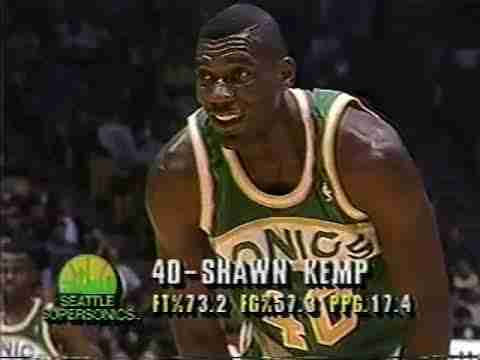
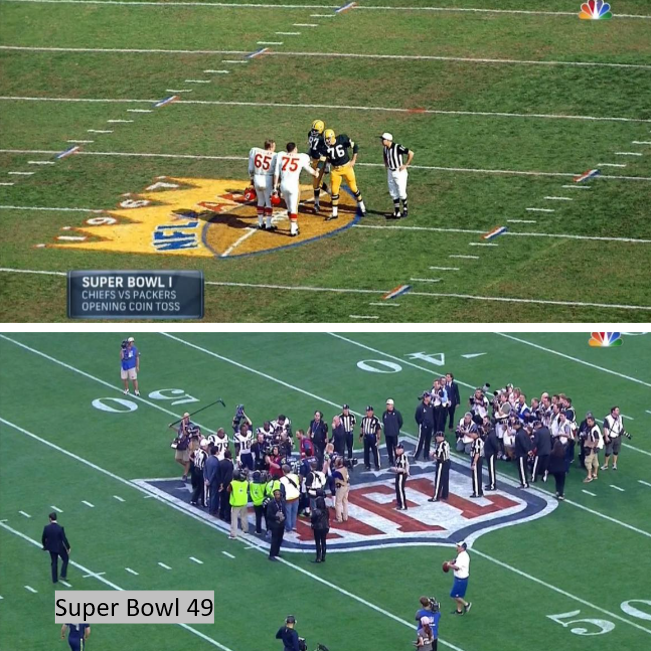

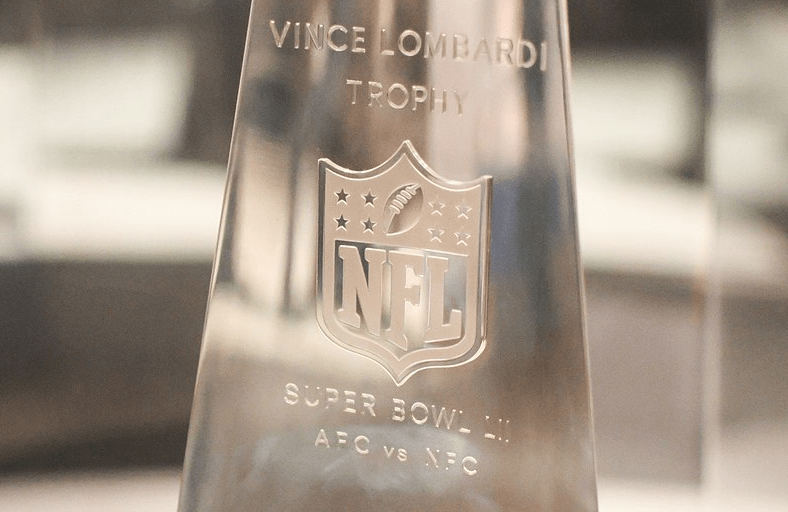
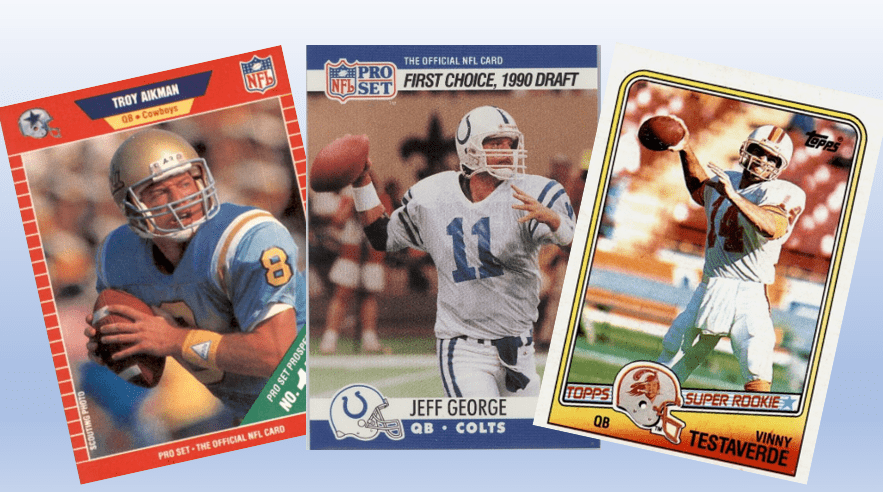
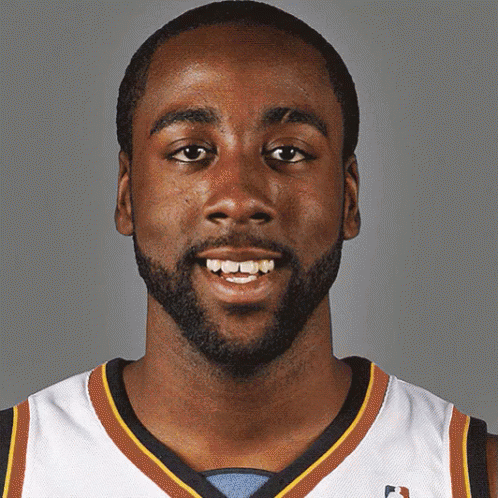
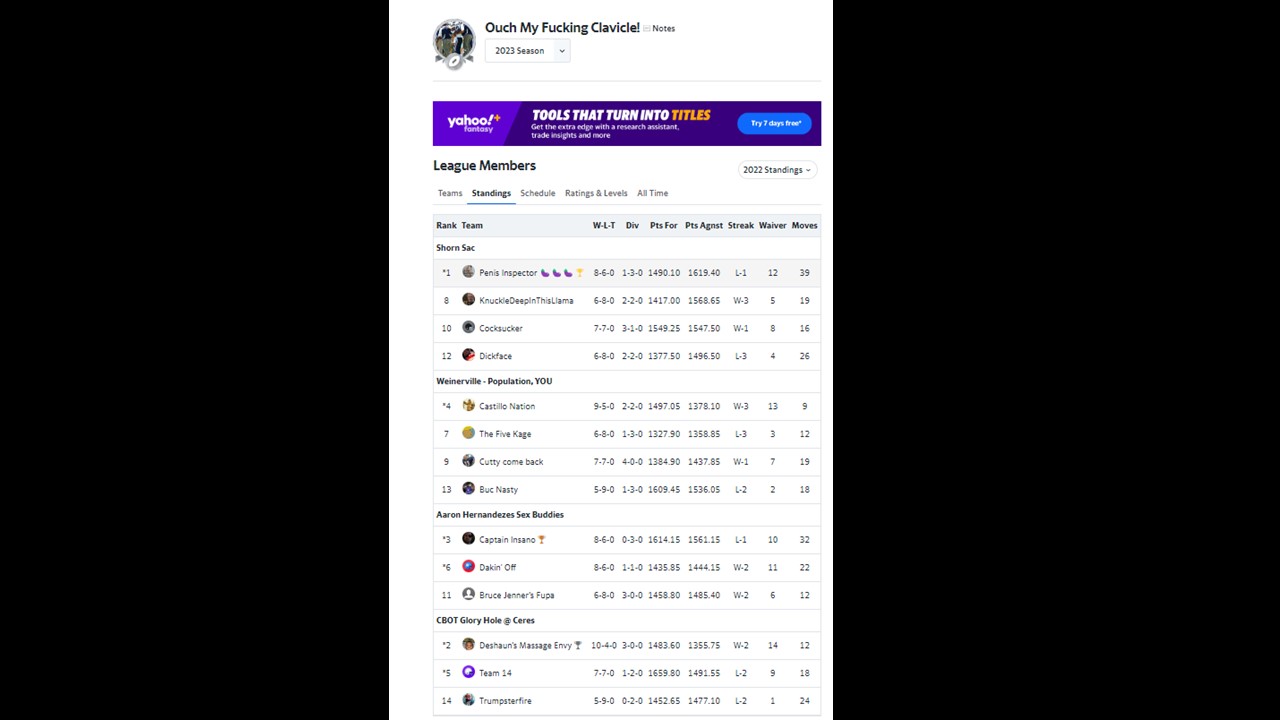
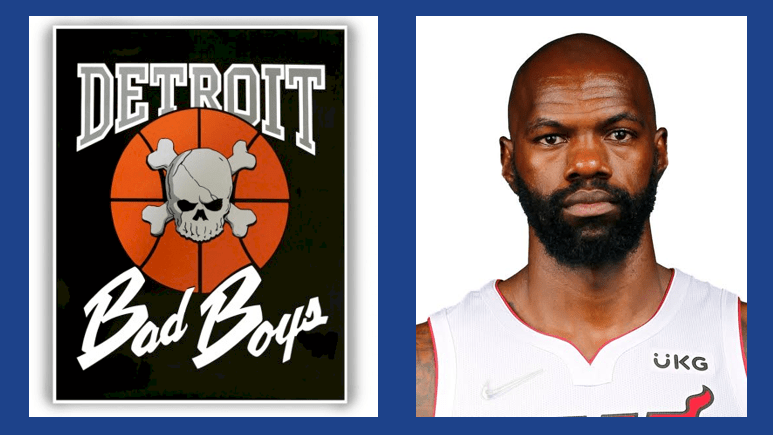
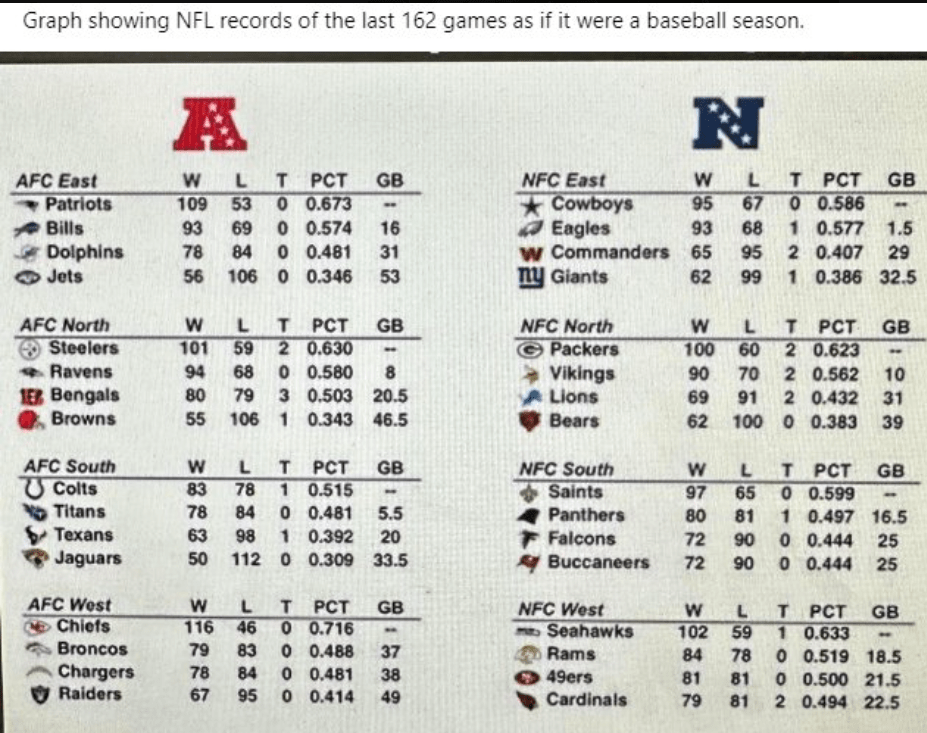
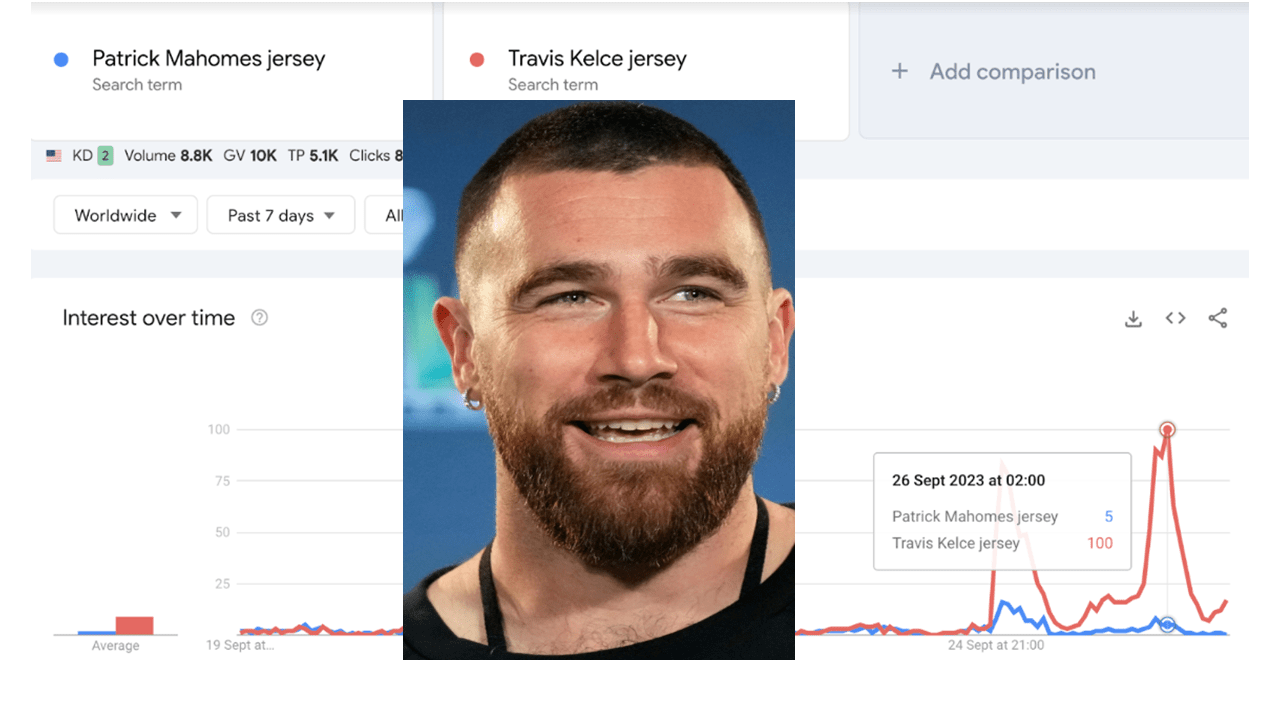
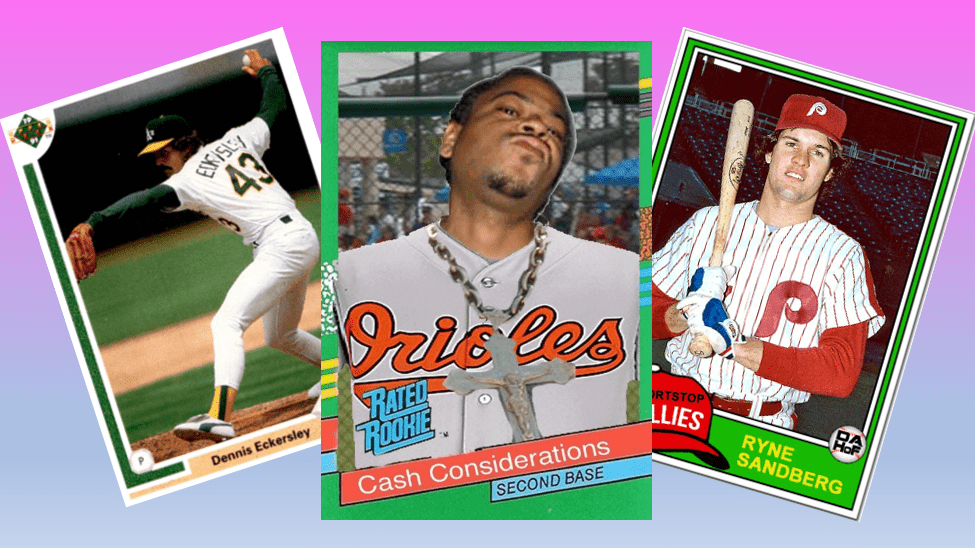
2 thoughts on “1993-1994 Seattle Supersonics: Sonic Shock”
Comments are closed.